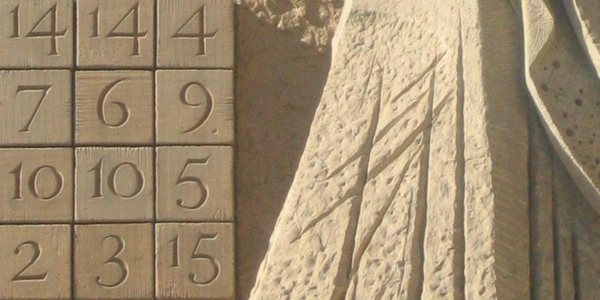
Royal Institution Maths Activities
Best suited for First and Second Level
Soap bubbles, paper folding, computers and bridges are all inspiration for these Primary School maths activity ideas from the Royal Institution.

Best suited for First and Second Level
Soap bubbles, paper folding, computers and bridges are all inspiration for these Primary School maths activity ideas from the Royal Institution.
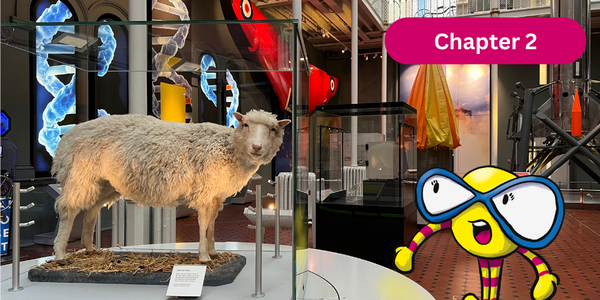
Finn heads to the Explore gallery, to see advice from his friend Dolly. Will she be able to help?
>> Download Chapter 2
>> Download Puzzle 2
>> Download Puzzle 2 (simplified)
>> Download Puzzle 2 (advanced)

Best suited for First and Second Level
For Maths Week Scotland 2019, Anderston Primary School in Glasgow created a Maths Code Game that you can play at school or at home, no matter where you live. You will need a mobile phone with the free Escape Team app installed.
Access the game, some maths trails to do locally in Glasgow, plus tips on how to create your own, via the Anderston Primary School website below.
Funding for the trails came from the Maths Week Scotland Small Grants Fund. Content for the day developed by school staff with support from the Parent Council.
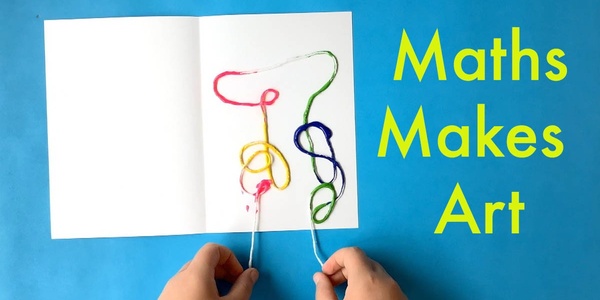
In a series of four videos, children demonstrate how mathematical principles including symmetry, tessellation and 3D shapes, can be the basis for a huge range of art and craft projects. Cubic chickens, cat portraits, stained glass windows, stencils, a birthday card for your granny…
The videos are made with children in mind, but are suitable for all ages - try for yourself!
Created by Anne McNaught and Johanna Hall
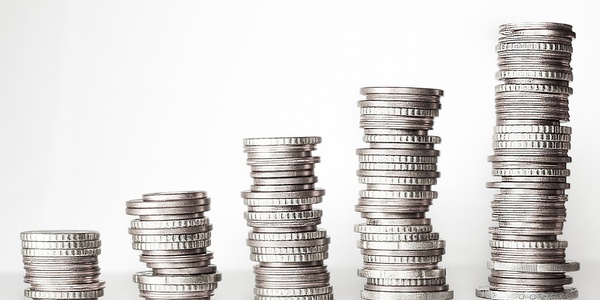
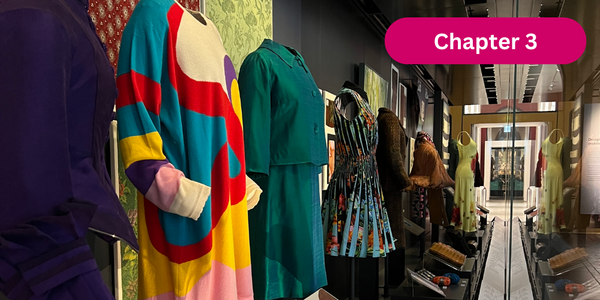
In the 'Fashion & Style' gallery, some stunning knitwear guides Finn to his next clue.
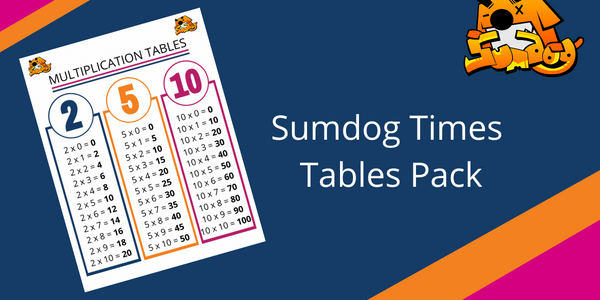
Best suited for First and Second Level
A good understanding of times tables, and the ability to recall them quickly, is an essential foundation for children’s learning. So at Sumdog, we've made all our practice tools fun and engaging!
Download our free Times Tables pack to access our Pathway to Multiplication Success, lesson plans and times tables cards to use during Maths Week Scotland.
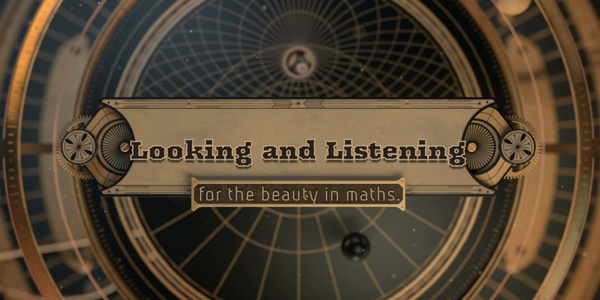
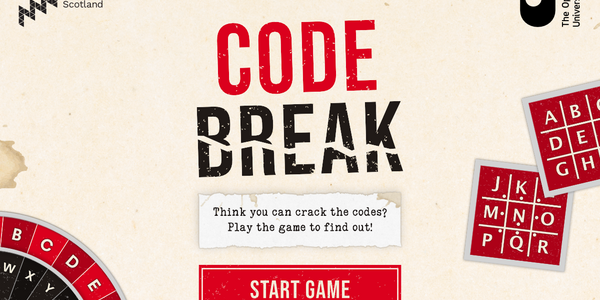
Test your problem-solving skills and try to crack our secret messages using clues
Code Break is an interactive web app consisting of three ciphers: Pigpen, Caesar and simple substitution (solved by frequency analysis). Earn stars for each challenge, and learn about code-breaking through the ages by playing our interactive ‘Could you be a code breaker?’
Created by the Open University
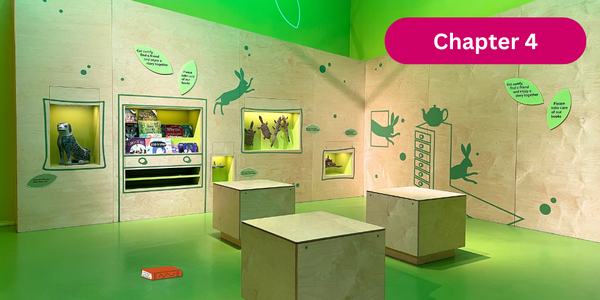
A lost book in the 'Imagine' gallery holds the next clue - can Finn work it out?
>> Download Chapter 4
>> Download Puzzle 4
>> Download Puzzle 4 (advanced)
>> Download Newspaper
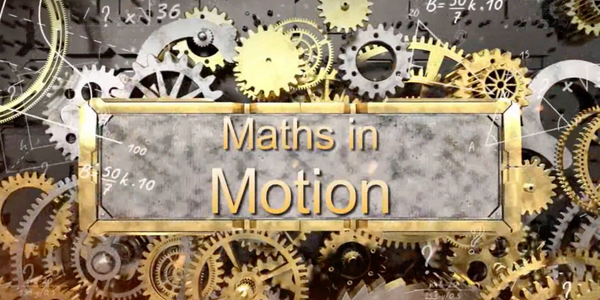

Best suited for First and Second Level
Make learning fun by working together in your classroom or at home to get a high score in physically active times tables.
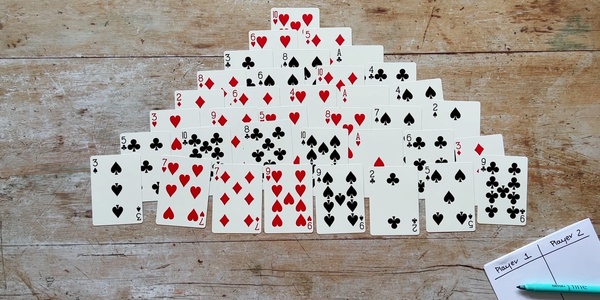
Pyramid is a card game for two or more players, to practice addition. For older children, the same game play can also be used for multiplication. To play either version, you will need a standard set of cards with the face cards (Jack, Queen, King) removed.
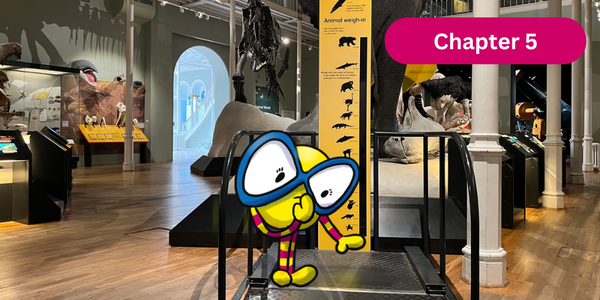
Finn weighs up the next clue in 'Animal World', and receives a mysterious message.
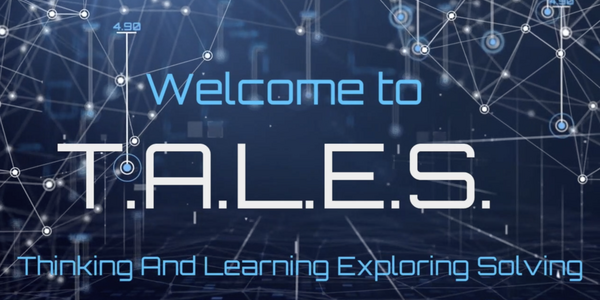
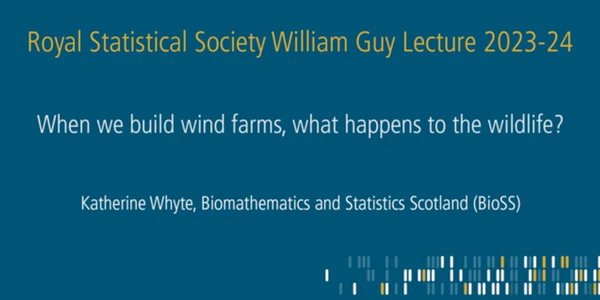
Best suited for First and Second Level
When we build wind farms, what happens to the wildlife? In this interactive talk, statistician Katherine Whyte looks at how we can use maths and statistics to help us balance the benefits of wind energy with the risks posed to ocean wildlife like seals and seabirds. Where were the animals before we built the wind farm, and how many were there? How many animals leave when a wind farm is built, and do they come back? What do animals do when they are near a wind farm, and can they still find enough food in the sea?
Statistics is an important tool in helping us to answer these questions, and helping us make decisions that are both good for the planet and good for our local wildlife.
Part of the Royal Statistical Society's William Guy Lecture Series
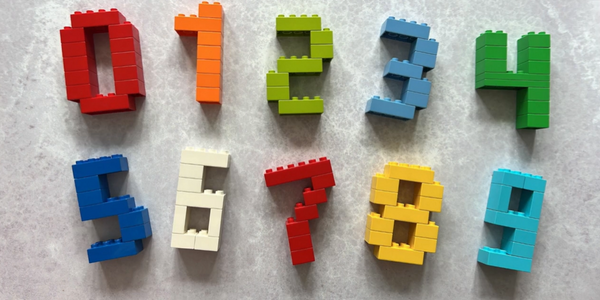
Here's a fun wee activity for younger learners, to playfully encourage number recognition: dig out your Lego and get creating! Building with Lego is an opportunity to incorporate a little maths in to your children's play time. How many bricks do they need of each colour? What size of bricks - 2x2 blocks, or 2x4? While they're having fun, they're already learning maths without even realising it.

Finn gets excited about some geometric crystals, and solves another clue in the mystery.
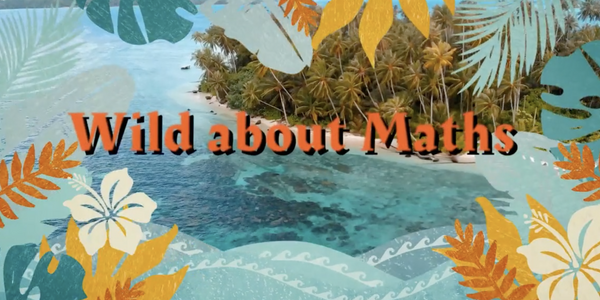

It's time for a little geometry magic! Children will love this geometry paper trick - first you can impress them with it, and then they can impress their friends.

Best suited for First and Second Level
If you live near Kelvingrove Park in Glasgow, turn your daily walk into an adventure solving problems and finding clues with these maths trails created by Anderston Primary School.
You can find some more trails near the school, plus an escape room to do at home or in the classroom, on the Anderston Primary School website.
Funding for the trails were from the Maths Week Scotland Small Grants Fund. Content for the day developed by school staff with support from the Parent Council.

Finn discovers the connection between music and maths is the key to the next puzzle.
>> Download Chapter 7
>> Download Puzzle 7
>> Download Puzzle 7 (simplified)

Best suited for First and Second Level
If you live near Anderston Primary School in Glasgow, turn your daily walk into an adventure solving problems and finding clues with treasure trails created by Anderston Primary School. Find out how via the Anderston Primary School Website below. There are three different trails, for different ages, plus instructions on how to create your own. You will need to download the free Actionbound smart phone app.
(Please note that the option to win prizes is no longer active!)
Funding for the trails were from the Maths Week Scotland Small Grants Fund. Content for the day developed by school staff with support from the Parent Council.
